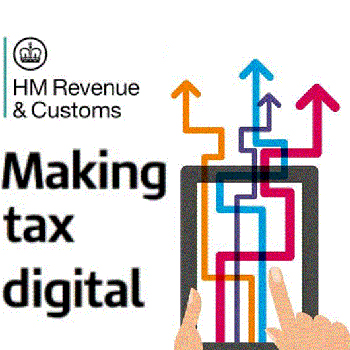Understanding tax forms is important, whether you’re an employee or an employer. Getting to grips with key documents like the P45, P60, and P11D will help you keep everything in order when dealing with HMRC. These forms are integral to managing your employment and benefits. Here are 3 all-important tax forms explained!
What is a P45?
A P45 is a document you’ll receive from your employer when you leave a job. It provides a summary of your earnings and the tax you’ve paid so far in the tax year. This runs from April 6 to April 5 of the following year.
- What Information Does a P45 Contain?
A P45 contains your tax code, your income up to the leaving date, the income tax you’ve paid so far and your employer details.
- Why is the P45 Important?
When you leave one job and start another, your new employer will need your P45 to ensure they deduct the correct amount of tax. Without it, you might be placed on an emergency tax code, which could result in either overpaying or underpaying tax. Alternatively, if you don’t start a new job immediately, you may need your P45 for Jobseeker’s Allowance or Universal Credit.
The P45 ensures a smooth tax transition between jobs and prevents tax complications.
What is a P60?
A P60 is an annual statement of earnings that shows your total income and tax payments for the entire tax year. If you’re still employed at the end of the tax year (April 5), your employer will provide you with a P60, typically before the end of May
- What Information Does a P60 Contain?
A P60 includes your total earnings, total tax paid and employer details.
- Why is the P60 Important?
Your P60 is vital when it comes to completing self-assessments, claiming back overpaid tax, or applying for tax credits. It’s also useful for verifying income when applying for mortgages or loans. Since it provides a record of your yearly tax contributions, it serves as a form of proof if there’s ever a discrepancy in how much tax you’ve paid.
A P60 acts as your annual tax record, ensuring you have the correct data on your income and tax payments.
What is a P11D?
A P11D is a form used to report benefits in kind. These are non-cash benefits you receive from your employer that aren’t included in your wages. These could include things like a company car, health insurance, or even interest-free loans.
- What Information Does a P11D Contain?
A P11D includes perks that you receive from your employer, such as a company car, private health insurance, or other taxable benefits. HMRC assigns a cash equivalent to each benefit, which is taxed as part of your income.
- Why is the P11D Important?
The P11D helps HMRC ensure you’re paying the correct amount of tax on all forms of compensation, not just your salary. The employer submits the P11D to HMRC, and this information is then used to adjust your tax code, so you pay tax on the value of those benefits.
It’s worth noting that some employers may pay the tax on these benefits directly, through salary sacrifice, which simplifies the process for employees.
Your P11D ensures that any extra benefits you receive from your employer will be taxed properly.
Understanding these documents will help you avoid tax headaches, so it’s always a good idea to consult with an accountant. They can guide you through the process and ensure you’re meeting all of your tax obligations. Have any questions about your P45, P60, or P11D? Get in contact with us today at info@future-cloud.co.uk or give us a call on 01636 337069.


